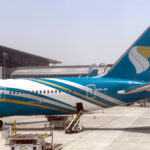
QANTAS: What’s going on?
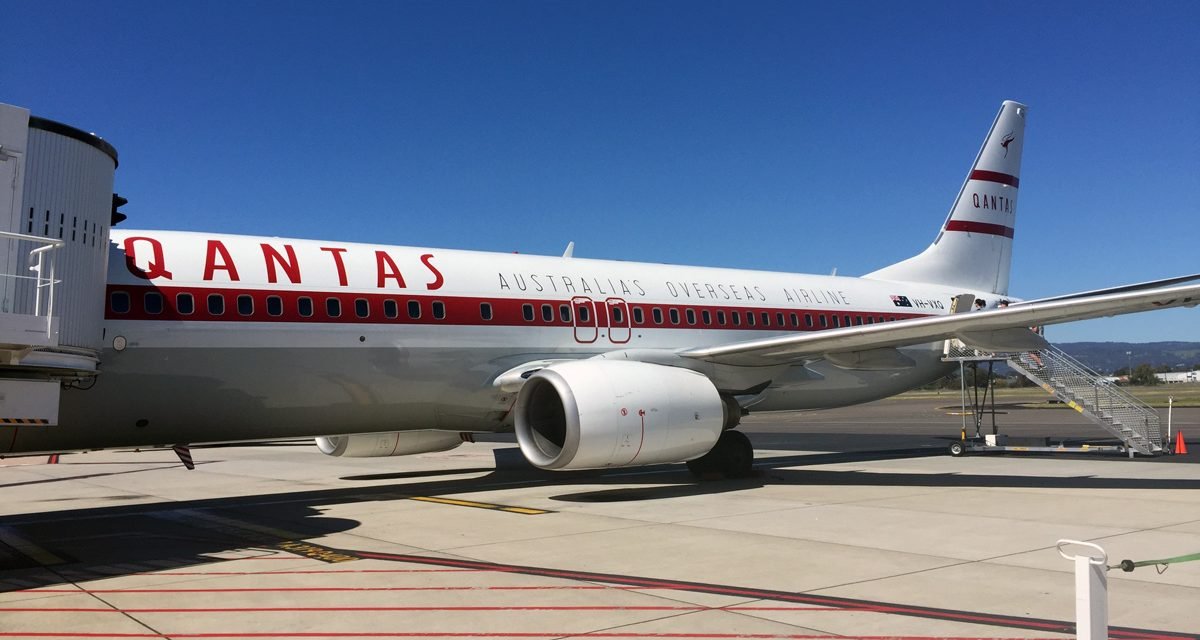
Qantas has issued 2 press releases today. One is a market update, and the other announces a bonus payment of AU$5,000 to over 19,000 hard-working staff. That will cost Qantas $87 million. Only workers on enterprise bargaining agreements at Qantas are eligible which excludes management and senior executives. Some new agreements are already signed meaning workers will get the bonus immediately, while others will need to wait until new agreements are executed.
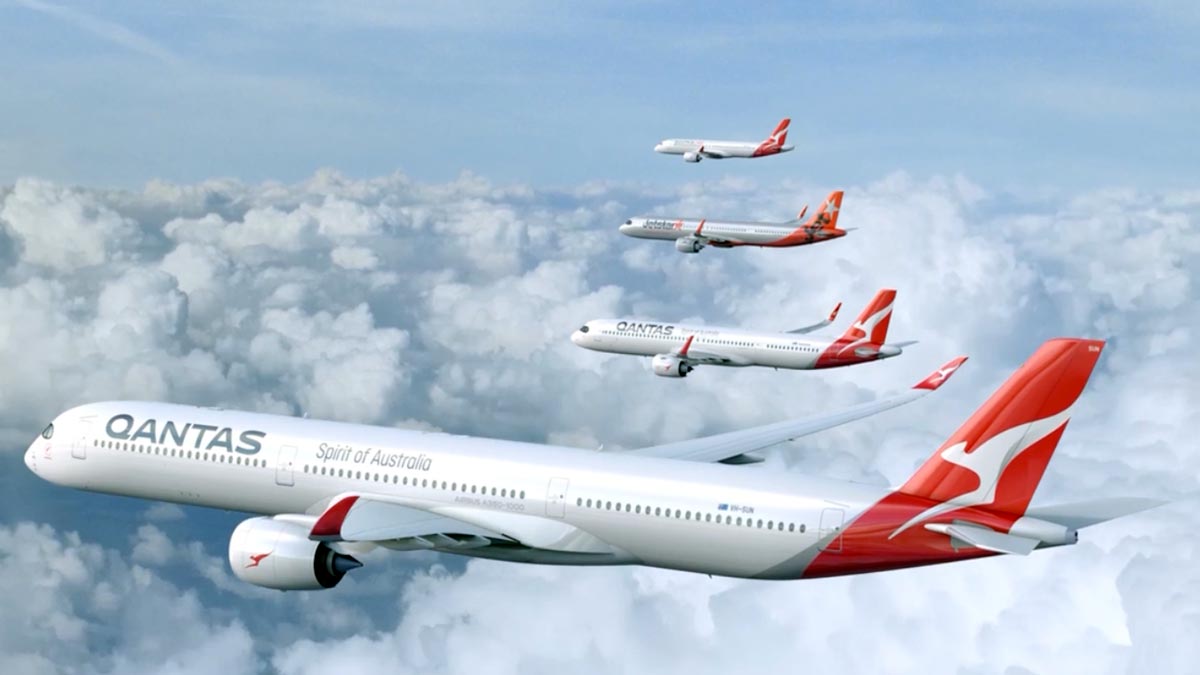
Content of this Post:
Market update
Let’s start with this. Travel demand is up – anyone who has flown recently will already know this by the crowds at airports and the totally full flights. This is good for the Qantas bottom line, to the extent of AU$4 billion by the end of June 2022. The underlying earnings before interest, tax, depreciation and amortisation (EBITA ) remain as previously forecast between AU$450-550 million.
Qantas is promising additional resources to make things work smoothly over the June/July school holidays. Well, they have to given the pillorying they received on social media over Easter and after, not to mention their appalling on-time departure/arrival record recently.
They have recruited more staff, and . . .
Qantas has made schedule adjustments to better spread peak times and will have two widebody aircraft on reserve to assist, if required. The airline is rolling out new check-in and baggage kiosks, starting in Sydney, to speed up customers’ journeys.
Qantas won in May’s on-time stakes, with the largest number of flights cancelled and the latest flights for arrival and departure compared to Rex, Virgin Australia, and even their sister airline Jetstar.
And that and the bonus payment to staff is about where the good news ends.
Actual operating loss for FY2022
Note the use of the word ‘underlying’ in the results forecast above. In actuality, Qantas expects to lose money in the FY2022:
While the Group still forecasts a significant full year Underlying EBIT loss for FY22 that includes the worst of the Delta and Omicron impacts as well as restart costs, the business remains on track for 2H22 Underlying EBITDA of between $450 million to $550 million. The Group is also on track to return to Underlying profit in FY23.
Qantas Trading Update
If you include the D and A (Depreciation and Amortisation) you get an ‘underlying’ profit, but without them, you get an ‘underlying’ loss. Isn’t the financial world grand!
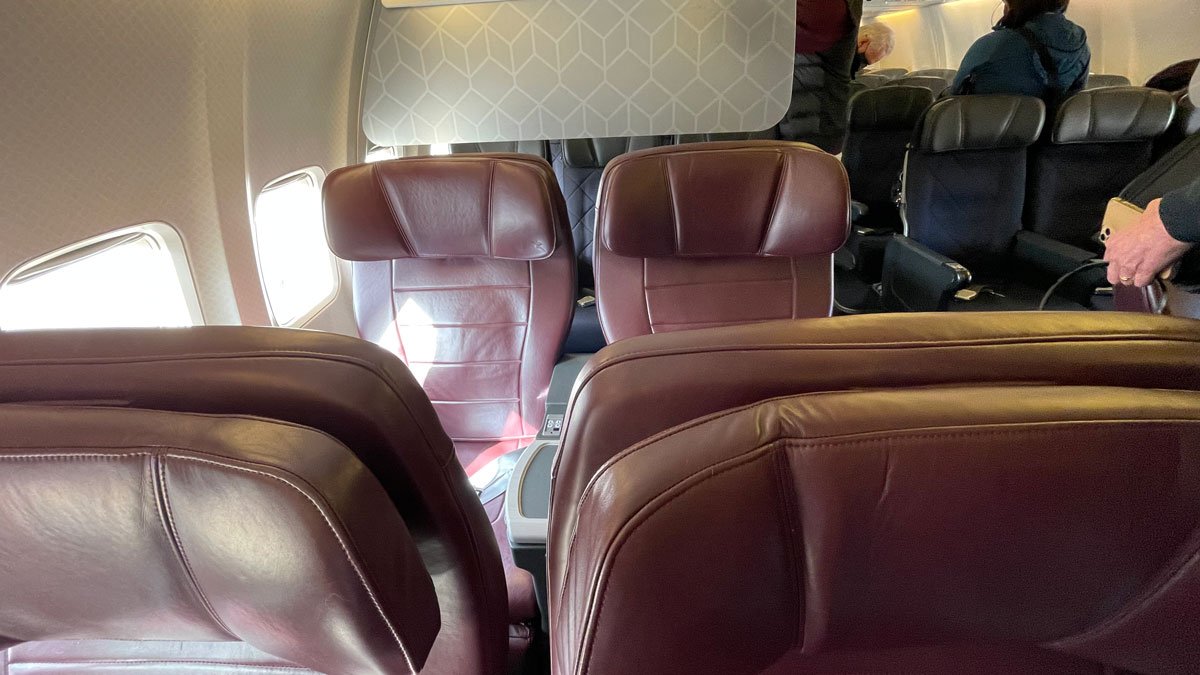
Flight reductions
In a reaction to fuel prices, Qantas plans:
For July and August, an additional 5 percentage points of capacity will be removed on top of the 10 per cent announced in May. This total 15 per cent cut will also be applied to September. A cut of 10 percentage points will be applied to schedules from October through to the end of March 2023.
This brings the Group’s planned domestic flying down to 106 per cent of pre-COVID levels for the second quarter of FY23 and 110 per cent for the third quarter.
This means frequencies for less profitable routes and flights will be reduced, making things less convenient for flyers. It will be interesting to see how they do this. All flights I have been on recently have been full – and I mean not a seat vacant. Expect Qantas to use fare price to reduce demand. Don’t expect many Red e-Deals at usually low prices (you have until the end of today to pick up some reasonable domestic ones). Prices are already around 25% higher than the lowest pre-pandemic, and I expect them to stay that way.
Qantas will use its sophisticated fare management system to extract the most income out of passengers while keeping the reduced number of flights as full as possible.
Here is how Qantas puts it:
…capacity being removed mostly from high frequency routes. Those affected will be contacted directly with alternatives as close as possible to their original timing, usually within 1-2 hours. Many of these adjustments have already been made with the remainder to flow through in coming days.
Jetstar CEO Gareth Evans resigns
I am not a Jetstar fan, but in terms of profitability, Evans has guided an incredibly good performance over the years. Better than the group’s headline Qantas brand. So the question is of course why is Mr Evans leaving. I don’t know, but the indication that Alan Joyce is staying in the top Qantas job, for the moment, and probably until the end of the decade, might be a disincentive to stay for an ambitious executive like Evans.
Jetstar CEO Gareth Evans is leaving in December 2022, after 23 years at Qantas. His roles have included: Chief Financial Officer, CEO of Qantas International and, CEO of Jetstar. Although leaving the CEO role at the end of the year, there release suggests he will stay with Qantas Group to work on ‘key projects’ before leaving sometime in 2023. Project based, non-compete gardening leave?
The statement also indicates that his replacement will be an internal promotion.
Here is a table from the statement indicating the changes in capacity:
GROUP CAPACITY SUMMARY
(Expressed in Available Seat Kilometres, compared with pre-COVID levels)
| ASKs vs FY19 (%) | 1Q23 | 2Q23 | 1H23 |
| Group Domestic | 99% | 106% | 102% |
| Group International | 63% | 80% | 71% |
| Total Group | 77% | 90% | 83% |
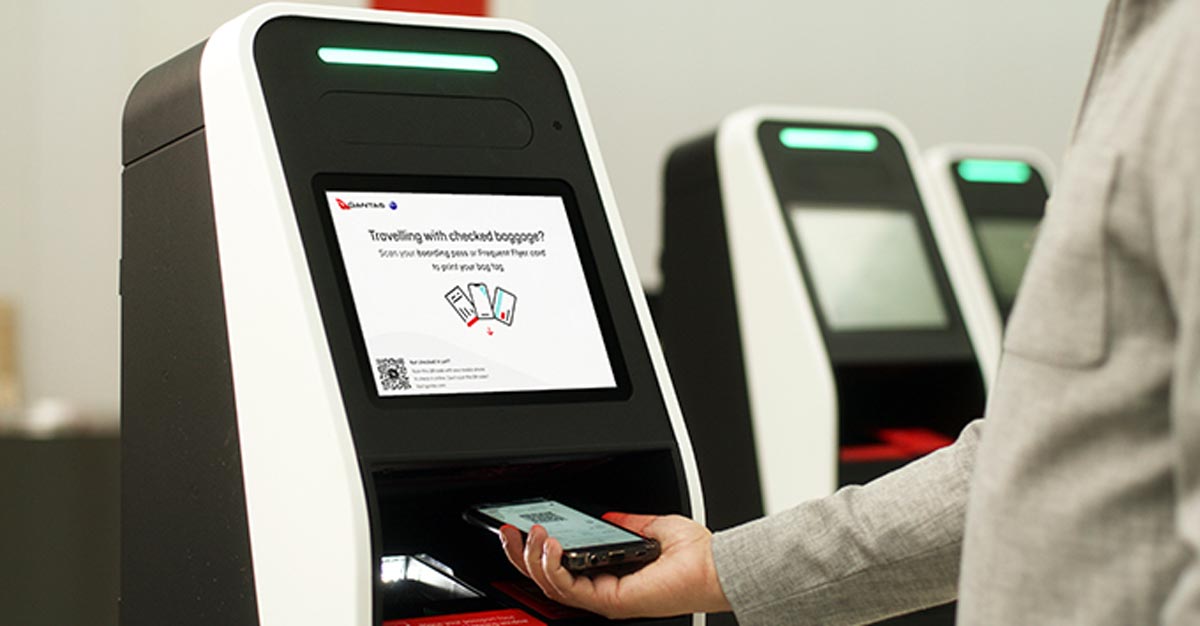
2PAXfly Takeout
This is another timely reminder to wear your seatbelt when seated. Holding you close to your seat will protect you from the sort of injuries sustained on this flight, when unsecured passengers flew to the ceiling of the aircraft, and then came crashing down once the ‘drop’ ceased.
The hope will be that this is an anomaly – a ‘freak accident’ in casual parlance. If it is a systemic error either mechanical or electronic, then this is a larger concern for the airlines that fly Boeing Dreamliner 787 aircraft. Let’s hope it isn’t. If it is, it will pile on the woes to Boeing’s existing stack.
Qantas does have a dilemma. Demand is currently booming particularly in the domestic market. Joyce and his team will need to execute a nuanced strategy that balances this renewed demand with cost pressures – particularly fuel – and staffing, not to mention union and enterprise agreement negotiation. Fortunately, the numbers side of this complex equation is Joyce’s forte. On the downside, customer liaison and reputation management don’t seem to be in his bailiwick, and Qantas, predating Joyce, tends to bully its unions and workforce as the mainstay of its industrial ‘relations’.
The really strange thing is that despite a couple of decades of privatisation and some outstanding examples of customer abuse (2011 shutdown of international operations and more recently the 23-hour flight delay out of Dallas Fort Worth requiring passengers to sleep on the floor at the airport) Australians still think of it as ‘their’ airline, a bit like they view the ABC
Qantas is not the ‘spirit of Australia’, and hasn’t been for a long time.
Disclosure: The author holds equities in Qantas and a number of other airline and travel-related entities. You can find additional details at the end of the T&C’s.

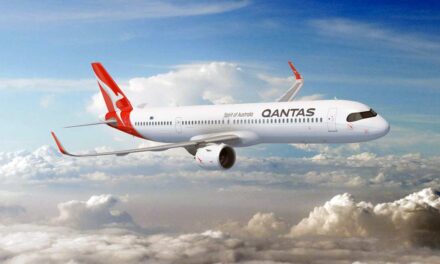
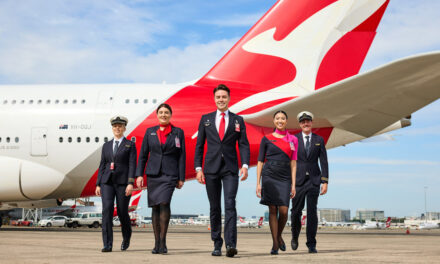
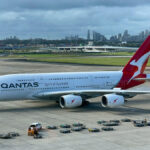
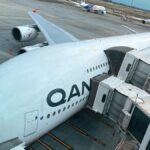


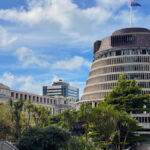


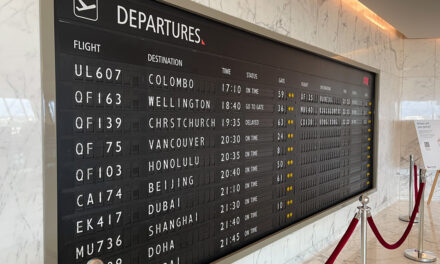








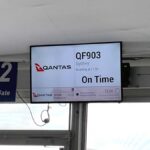

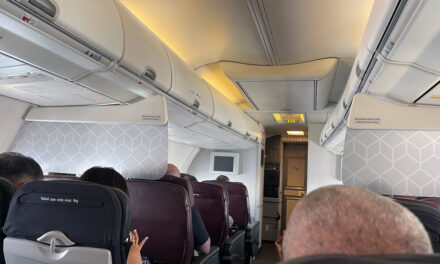



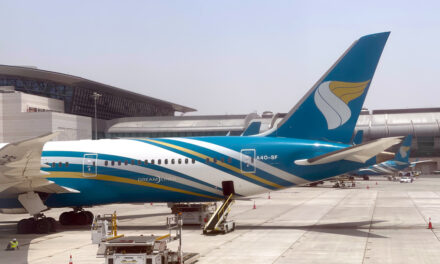
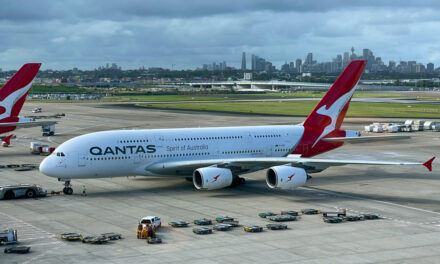


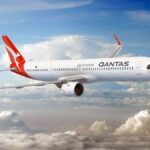
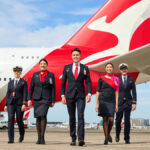


What did you say?